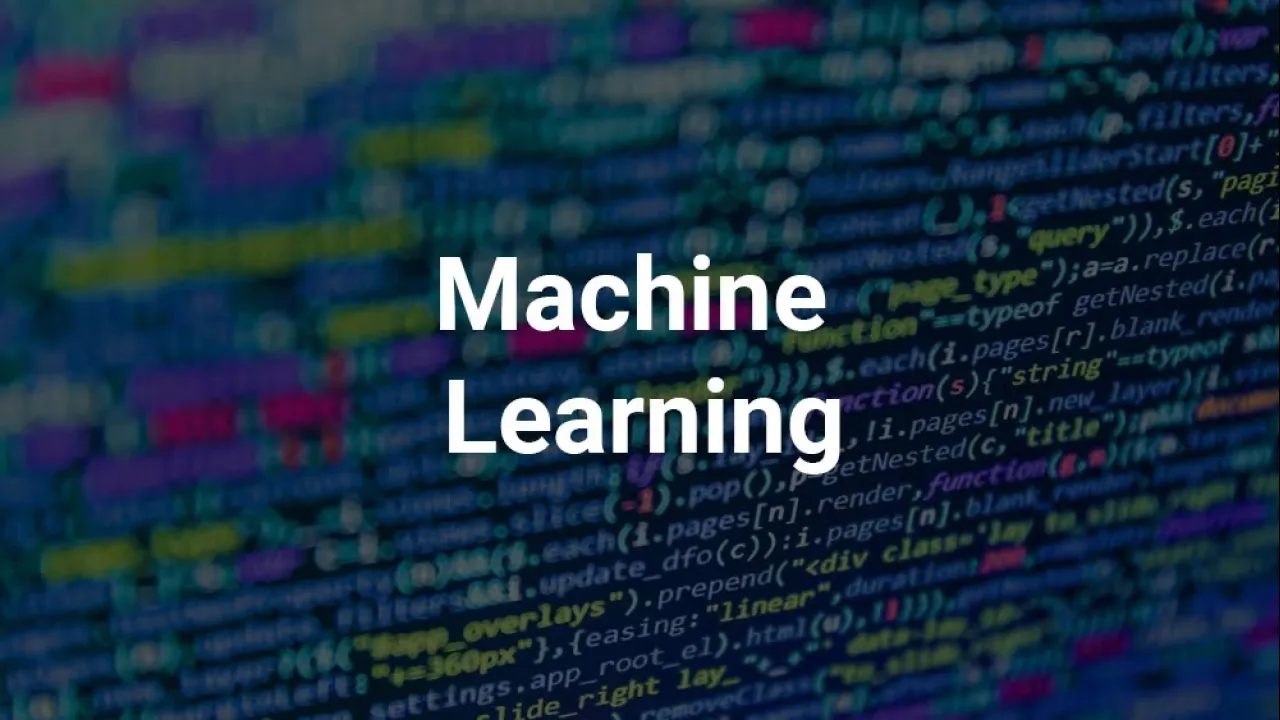
Three Approaches to Data Analysis, 2011–2012
Overview
Initiative Project
Details
This is one and half year project of three research groups in KAUST, Warsaw University and Warwick University financially supported by KAUST. The aim of project is the familiarization of research community with three theories in data analysis that were developed almost independently but have many common points. This project includes:
- Preparation of the book I. Chikalov, V. Lozin, I. Lozina, M. Moshkov, H.S. Nguyen, A. Skowron, B. Zielosko, Three Approaches to Data Analysis: Test Theory, Rough Sets and Logical Analysis of Data, Series Intelligent Systems Reference Library, Vol. 41, 194 p., Springer, 2012 (to appear);
- Organization of International Workshop Three Approaches to Data Mining, KAUST, June 8-11, 2012 which will bring together for the first time top researchers from the three theories.
Publications
See more about this book:
Three Approaches to Data Analysis: Test Theory, Rough Sets and Logical Analysis of Data
I.Chikalov, V.Lozin, I.Lozina, M.Moshkov, H.S.Nguyen, A.Skowron, B.Zielosko,
Three Approaches to Data Analysis: Test Theory, Rough Sets and Logical Analysis of Data,
Series Intelligent Systems Reference Library, Vol. 41, Springer, 2012
https://www.springer.com/gp/book/9783642286667
In this book, the following three approaches to data analysis are presented: - Test Theory, founded by Sergei V. Yablonskii (1924-1998); the first publications appeared in 1955 and 1958, - Rough Sets, founded by Zdzisław I. Pawlak (1926-2006); the first publications appeared in 1981 and 1982, - Logical Analysis of Data, founded by Peter L. Hammer (1936-2006); the first publications appeared in 1986 and 1988. These three approaches have much in common, but researchers active in one of these areas often have a limited knowledge about the results and methods developed in the other two. On the other hand, each of the approaches shows some originality and we believe that the exchange of knowledge can stimulate further development of each of them. This can lead to new theoretical results and real-life applications and, in particular, new results based on combination of these three data analysis approaches can be expected.